HALEY BRITTINGHAM ⍚ PORTFOLIO
PARENT LETTER
Below is the first half of a parent letter that I sent home to Ampersand families to share the Coding and Front Row programs that I started with their children. It was important that students not only had access to learning how to code at school but, at home too. To make this an easier process, I provided different programs that are available online.
RESEARCH: PART 3
To provide the students with an engaging and worthwhile experience, I realized I needed to hone my coding skills and learn additional skills in order to properly teach them to the students. So, I have been learning on my own using an online program called SkillCrush. I cannot teach what I do not know! This has really helped me understand specific concepts and gave me tools to use for my own lessons! The images show some of the lessons I have already completed for HTML.
2) KHAN ACADEMY
Online Platform
This platform is what really started the initiative to teach students the basics of computer science through the "hour of code" yet the program is extremely outdated as it was created in 2013. The steps were slow and involved a lot of lecturing which was even difficult for me to fully stay engaged and so after completing the hour of code, I knew that this would only turn students away from the creative possibilities of programming.
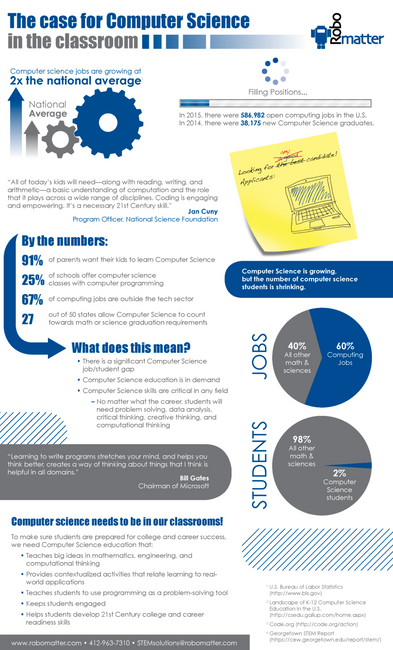
RESEARCH
Below are three parts to the research conducted before providing learning to code as an access opportunity.
RESEARCH: PART 1
Why Teaching Computer Science (CS) is Extremely Important
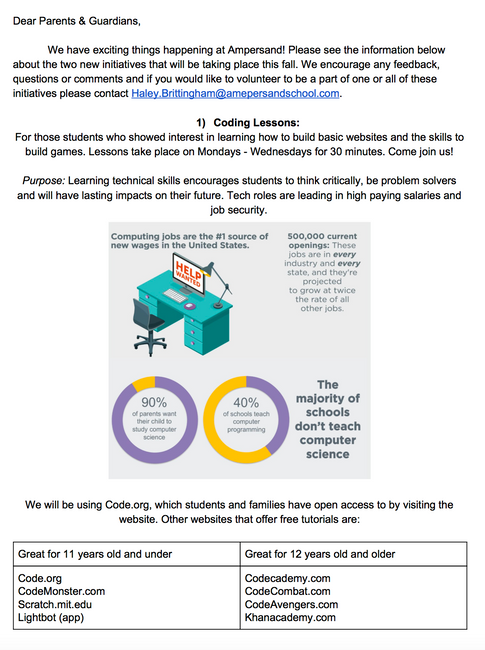
There is an increasing gap between the number of students who are lacking in-demand technical and analytical skills in comparison to the number of jobs needing to be filled. According to Code.org, "there are currently 493,270 open computing jobs nationwide, " and sadly, there are "only 42,969 CS students graduated into the workforce" (2017). Also, the southern states have an even wider gap where the topics of CS is less well known and is seen as something "I can't learn" partly due to it not being offered at most rural and lower-income schools. Concerning access, learning about CS increases the chances of finding a secure job in the future. In Florida alone, "existing jobs represent a $1,667,370,192 opportunity in terms of annual salaries" according to Code.org's Florida statistics (2017).
At Ampersand school, approximately 50% of the students have Autism Spectrum Disorder (ASD) or Asperger Syndrome. It is critical to provide access to technical skills that have the potential to lead these students to a successful career in the future. According to the Child Mind Institute that reflects on a recent study, it was found that "two years after graduation, half of ASD young adults have no paid job experience, technical education or college. Nearly seven years out, the numbers improve but remain bleak, with one out of three have had no paid work or post-secondary education" (Arky). For the students who have anxiety and ADHD, the chance to try something new in a non-threatening manner helps them to learn as well. It also teaches them advantageous skills without the worry of perfecting it. Overall this access opportunity helps students gain confidence as they are learning something that will prepare them for the jobs that they are interested in and will also see in the future.
The CEO of the International Center for Leadership in Education states that "society demands a higher level and different set of skills than schools were ever designed to teach" and must integrate technology curriculum to be effective participants in the future (Daggett, 2010). The following excerpt is a highlight of the importance of teaching students to code even in elementary school: “For one thing, a much larger percentage of young students will be exposed to the various careers involving coding, thus yielding more computer science majors to fill the countless available positions" (Hadas, 2014). Even President Obama, during his term, spread this message in the 2013 State of the Union address when he challenged the country “to redesign America’s schools so they better equip graduates for the demands of a high-tech economy” (Hadas, 2014). Likewise, Britain has already begun teaching their students as early as five years of age to code because they see that there will be millions of job openings in the future with this skill being a requirement (Hadas, 2014). According to The Washington Post, “Leaders of dozens of the nation’s top businesses – from Apple and Facebook to Target, Walmart and AT&T – are calling on Congress to help provide computer science education in all K-12 schools, arguing that the United States needs far more students who are literate in the technologies that are transforming nearly every industry” (Brown, 2016).
Given these statistics, providing access to the fundamentals of computer science at a young age has the potential to alter the course of a child's life dramatically. It is not a matter of teaching them a new language but also a new way of thinking that will better equip them to solve future problems logically.
References:
Arky, B. (n.d.). Autism and Employment. Retrieved September 10th, 2017, from https://childmind.org/article/autism-and-employment/
Brown, E. (2016, April 26). Top Business leaders, 27 governors, urge Congress to boost computer science education. The Washington Post. Retrieved November 12, 2016, from https://www.washingtonpost.com/local/education/top-business-leaders-27-governors-urge-congress-to-boost-computer-science-education/2016/04/25/f161cbde-0ae7-11e6-bfa1-4efa856caf2a_story.html
Dagget, M. R., Ed.D. (2010). Preparing Students for Their Technological Future. International Center for Leadership in Education. Retrieved from Preparing Students for Their Technological Future
Hadas, G. (2014, April 7). Want to prepare kids for the future? Teach them to code. Los Angeles Times. Retrieved November 12, 2016, from http://articles.latimes.com/2014/apr/07/news/la-ol-teach-students-code-computer-science-20140406
Promote Computer Science. (2017). Retrieved from https://code.org/promote/fl
Florida Statistics
Study Computer Science Gender Gap Widens Despite Increase in Jobs. (2016, October 20). Retrieved from https://www.usnews.com/news/data-mine/articles/2016-10-20/study-computer-science-gender-gap-widens-despite-increase-in-jobs
Infographic
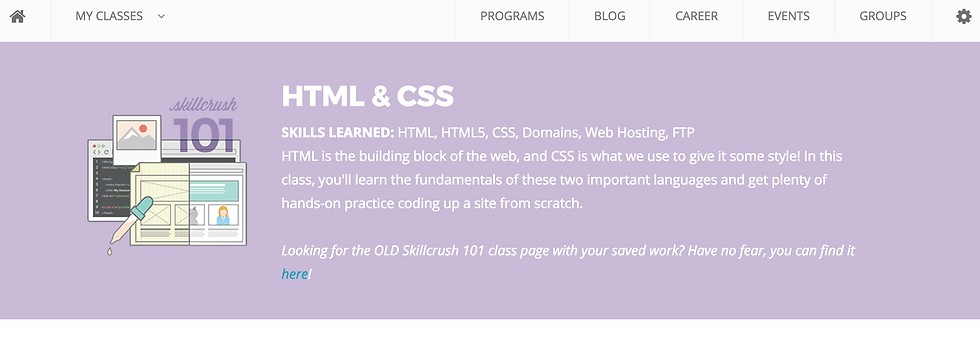
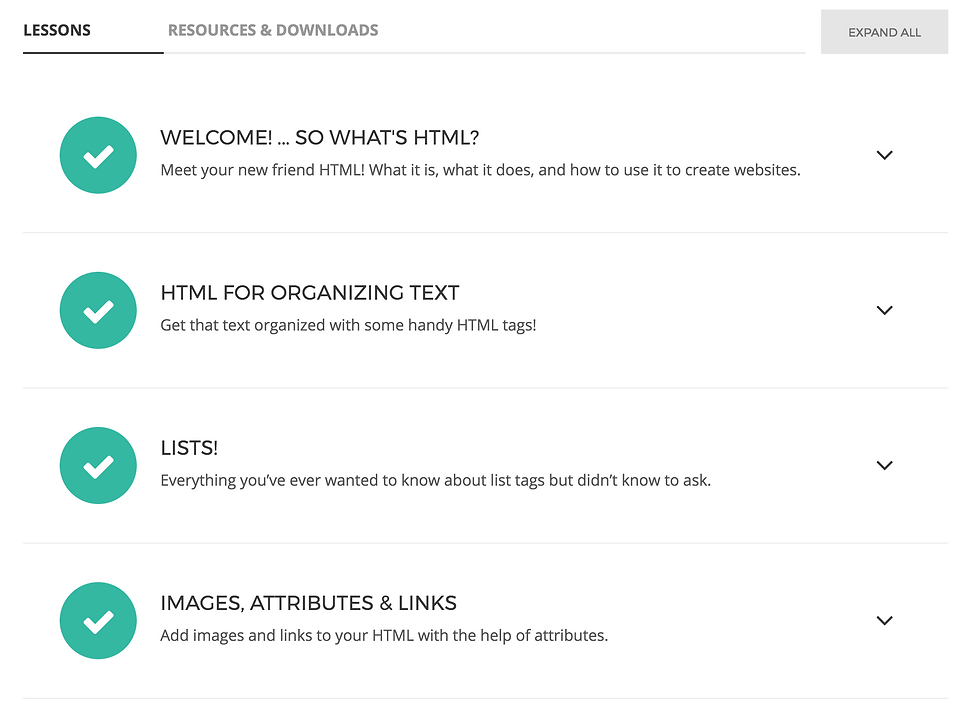
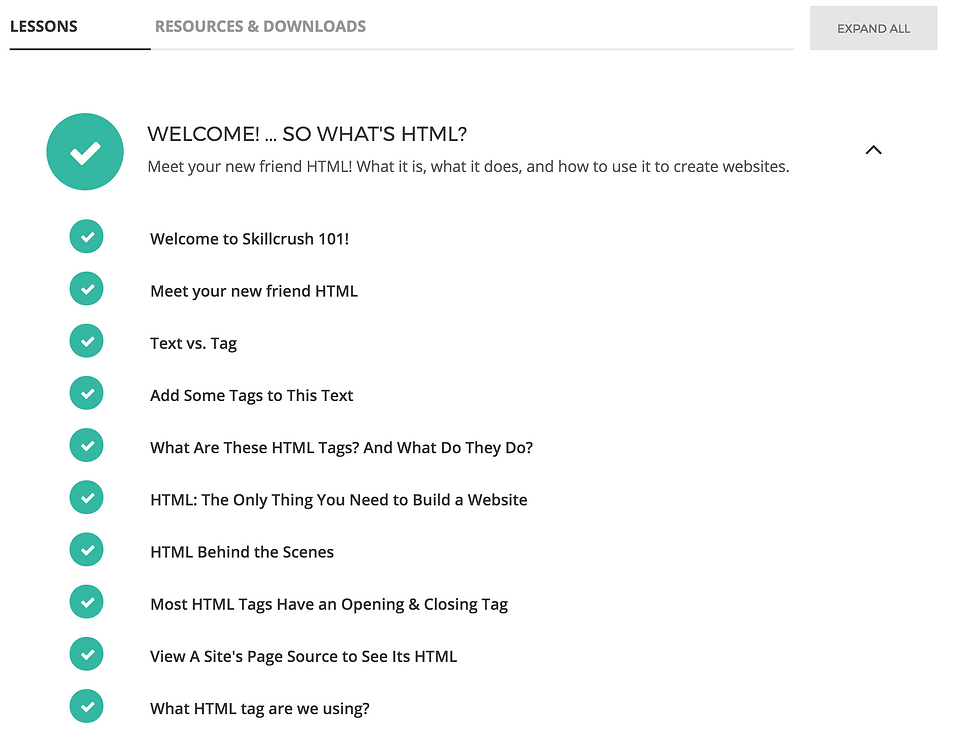

3) HOPSCOTCH
IOS & Android Application
This program is a really great application and incorporates using step by step programming through a drag and drop system. It is visually appealing and really fun. The only downside is that it is extremely limited to only phones or tablets. There is also a fee for having multiple users.
RESEARCH: PART 2
To provide the best experience for my students, I decided to test multiple "hours of code" programs to see which one was most engaging for the full duration of the program. I intentionally wanted to find a program that would not scare my students away completely and resort to saying, "coding just isn't for me" right at the beginning of this experience. With that, I narrowed it down to the three programs, listed below, and ultimately chose Code.org.
1) CODE.ORG
Online Platform
This platform provides students a visually stimulating experience of building games with well-known characters. Within the hour of code, it progressively teaches the concept of logic, algorithms, and problem solving as you go through the levels. It gave clear instructions and kept me engaged for the full hour with me feeling empowered that I had just learned the basics of javascript, one of many programming languages. Testing this platform after the others, it was clear that this one would work best for my students.